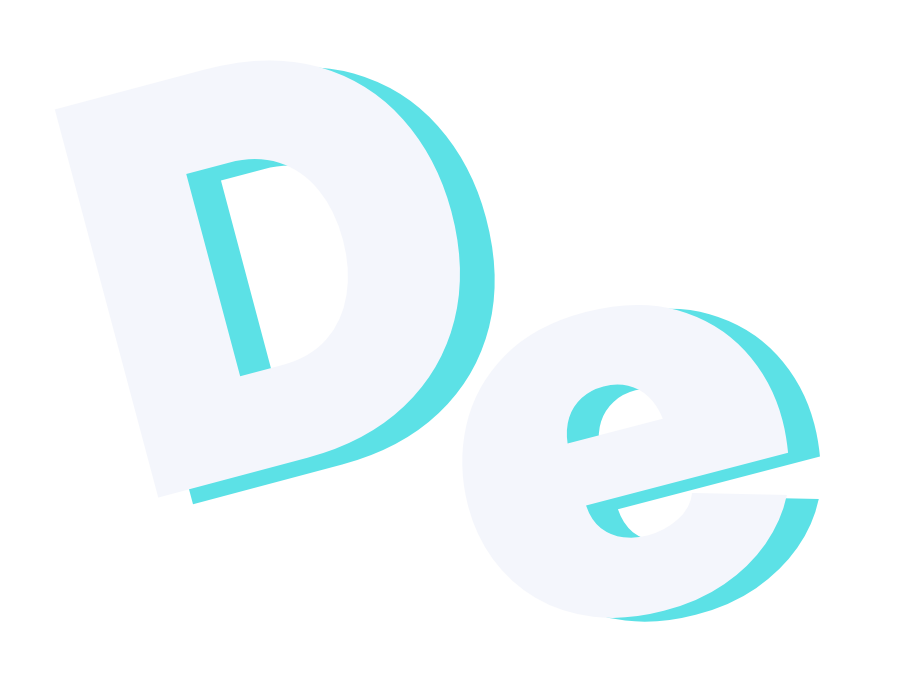
Are you looking for an exciting way to explore and unleash your creative potential? Digital art is a great way to do just that, bringing together digital technology and human imagination in order to create stunning visuals. From traditional photography techniques combined with graphic design to 3D animation, digital art provides endless possibilities for visual artists. Whether you’re a beginner or an experienced artist looking for new ideas, delving into the world of digital art can be extremely rewarding so why not get started right away? Read on as we explore this fascinating medium, revealing how it dives into vast worlds of creative possibility!
Understanding the Psychology of Color
As digital art continues to rise in popularity, understanding the psychology of color becomes all the more important to create engaging and impactful pieces. Each color has its own unique way of evoking emotions and behavior, with green promoting relaxation and blue inducing calmness. But the interplay between colors and their environment cannot be overlooked. warm colors like red may be stimulating in a blank white room, but overwhelming in a space with already busy patterns. With AI generated art and the controversy surrounding “fake art,” using the right colors to convey genuine emotions and messages becomes crucial in creating meaningful pieces.
What Experts Say About Color Psychology
As the rise of digital art continues to disrupt the traditional art world, marketers are taking notice of the power of color psychology. With the help of tools like Ai art and Artificial art, marketers are able to create captivating visuals that are specifically designed to stir up emotions and influence behavior. Psychologists have long recognized the impact of colors on our mood and mindset, and marketers are using this knowledge to their advantage. However, the use of color in marketing isn’t without its controversies, with some questioning the authenticity of these artificially created works. Is it really art, or just fake art? Despite this debate, the power of color remains a crucial factor to consider when it comes to creating effective marketing campaigns in the digital age.
How Businesses Are Using Color Psychology To Increase Engagement And Retention
The world of marketing is always evolving, and one area that has increasingly gained attention is color psychology. Experts believe that colors can elicit strong emotions and influence behavior in consumers. With the rise of digital art, AI art, and other forms of artificial art, marketers can create images that are specifically designed to appeal to certain audiences. However, as with any trend, there is a cautionary tale to be told. The power of misleading consumers through fake art is a growing issue that marketers need to recognize and address. Nevertheless, the use of color psychology in marketing remains a fascinating and effective tool that experts continue to study and improve upon.
Going Forward How To Create A Successful Color Scheme For Your Business
As we move forward in the world of marketing and branding, one of the most important aspects to consider is the color scheme of your business. The right colors can make or break your brand, making it crucial to get it right. With the rise of digital art, AI art, and fake art, it can be challenging to keep up with the latest trends in color design. However, staying on top of these trends can maximize the effectiveness of your brand. By following a few simple tips, you can create a successful color scheme that aligns with your brand values, appeals to your target audience, and sets you apart from the competition. So, let’s dive in and explore some key factors to help you create a color scheme that works for your business.
From modern abstract pieces to reimaginings of classic works, digital art has a lot to offer, and fostering an understanding of color psychology is key to making meaningful pieces. From calm blue hues to vibrant yellows, color can add texture and depth to even the most common subject matter. However, it is equally important to be aware of how different colors interact with their environment. A bright red may make certain rooms feel dull while in others it could overwhelm the viewer. Ultimately, through the judicious use of particular colors, digital artists have the power to create aesthetically pleasing and thoughtful works that can captivate viewers far beyond the surface level. And with artificial intelligence increasingly being used for digital artworks, we must remember that we should keep emotion driven artwork at the forefront as AI art continues to progress over time.





